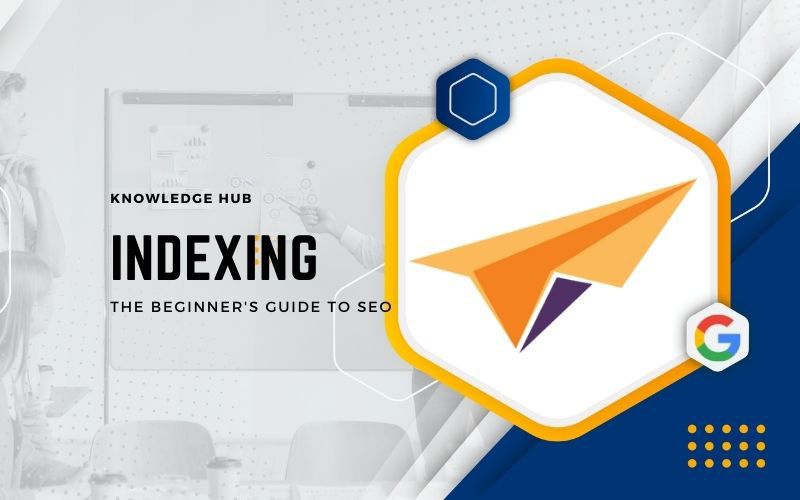Indexing
By SSMD Pte Ltd, | Posted on May 30, 2022
The archiving and organization of material gathered while crawling.

What is Indexing?
Indexing is the way a search engine stores data so that it can be searched quickly and efficiently. Indexed data generally includes things like titles, headings, metadata, and other identifying information about a piece of content.
How do search engine indexes work?
How a search engine indexes data can vary, but the goal is always to make it easy to find the most relevant results for a given query. Indexing typically happens automatically as part of the crawling process, but it can also be done manually. Indexing data manually is usually only done for particularly important or sensitive information.
One example of indexing is storing all the words on a webpage and their location so that when someone searches for a specific word or phrase, the search engine can quickly find all the pages that contain that word or phrase.
Indexing can also refer to the way in which a search engine arranges data so that it can be searched. This can include things like alphabetizing terms, putting terms in order by frequency or creating a hierarchy of information.
Indexing is an important part of how search engines work, and it’s what allows them to provide relevant results quickly and efficiently. without indexing, searching would be a much more difficult and time-consuming task.
To recrawl your URLs, ask Google for help.
Any of the methods described here might be used to request that Google re-index a page after it has been updated or added. You can’t have your URLs indexed if you don’t administer them.
General guidelines
- Crawling can take anywhere from a few days to several weeks, depending on the number of pages to be indexed and any restrictions you want to apply. Be patient, and check progress with either the Index Status report or the URL Inspection tool .
- Every one of these procedures has a response time that is comparable.
- There is a limit on the number of URLs that can be uploaded.
- It won’t result in a significant improvement in crawl speed if you recrawl a URL or sitemap repeatedly for the same reason.
Crawl request methods
Make use of the URL Inspection tool (a few URLs only).
To get a crawl of specific URLs, use the URL Inspection tool . If you have a lot of URLs, consider using a sitemap instead.
Submit a URL on Search Console
- Follow the basic rules .
- Use the URL Inspection tool to examine the site.
- Make a request for indexing. The tool will perform a live test on the URL to ensure that it does not have any severe indexing problems, and if none are found, the page will be queued for indexing. If issues with the page are discovered by the tool, attempt to resolve them.

Create a sitemap for Indexing
 https://www.xml-sitemaps.com/
https://www.xml-sitemaps.com/
A sitemap is a critical tool for Google to find pages on your website. A sitemap may also include additional information about other language variants, videos, photographs, or news-specific sites.
Learn how to develop and submit a sitemap .
Get in touch with us right away! SSMD Pte Ltd,, a professional SEO Company in India , can help you get your site indexed by Google. Get hold of us as soon as possible!

 By SSMD Pte Ltd,
By SSMD Pte Ltd,

